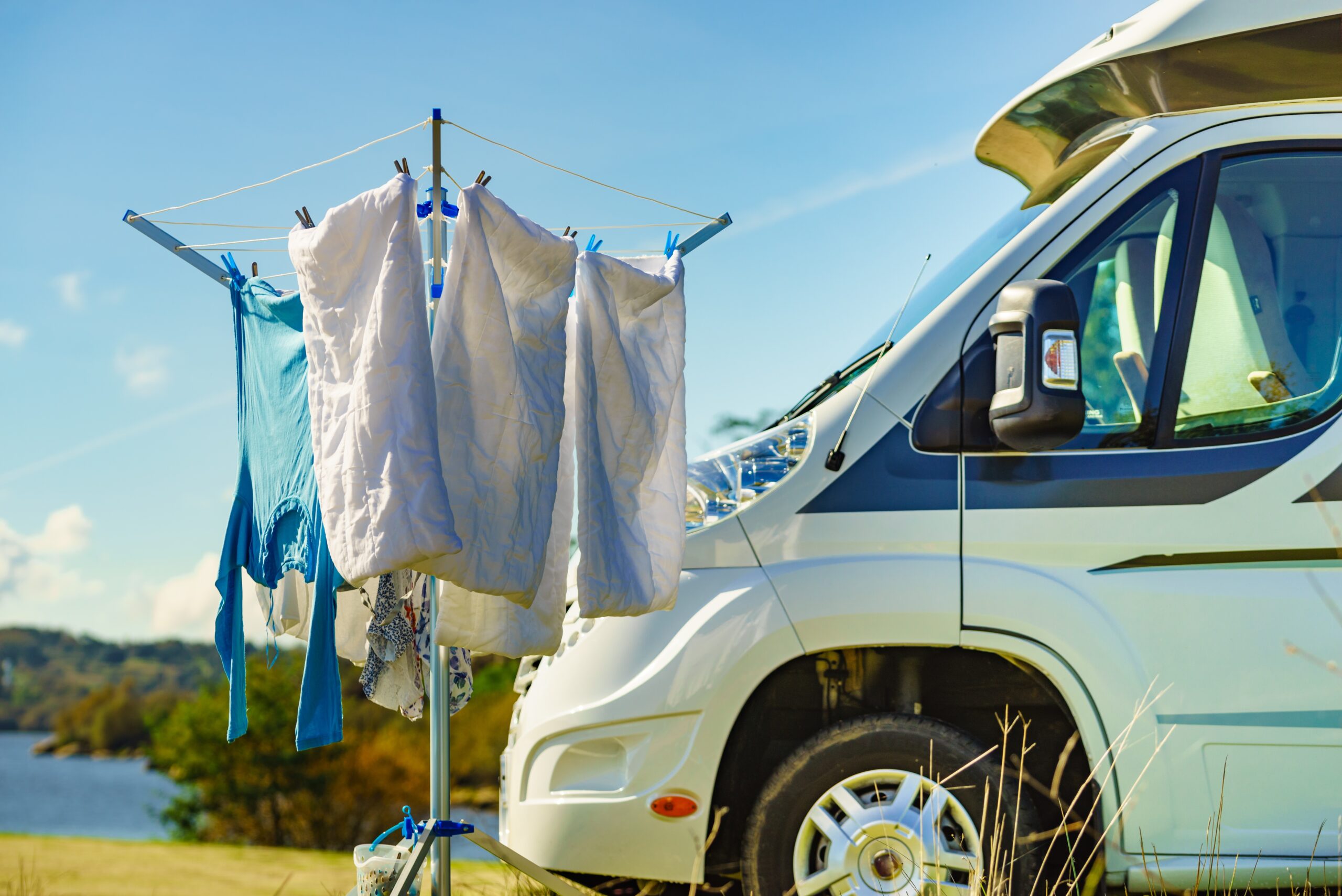I am going to make an effort at tackling the huge topic of solar. Solar is a relatively simple system that is often complicated to the point that people believe it to be above the average DIY person’s skill level. I do not believe that to be true. I believe that with basic electrical skills anyone can install a functioning solar charging system if they deem it necessary. For your safety, if you do not have a basic understanding of electricity or electrical systems, please enlist the help of a professional.
This will be a five-part series. I will address some common questions concerning solar and its installation. I hope to provide you with information that can help you determine whether or not solar would benefit you. If you deem it to be necessary, the future articles in this series will discuss what parts you need, how much wattage you need, and provide a DIY tutorial on installing a solar system.
I will do my best to keep this series on an elementary level and focus on helping everyone benefit from this information. This article (Part #1) will focus on what solar is, how it works, and whether or not you would benefit from it.
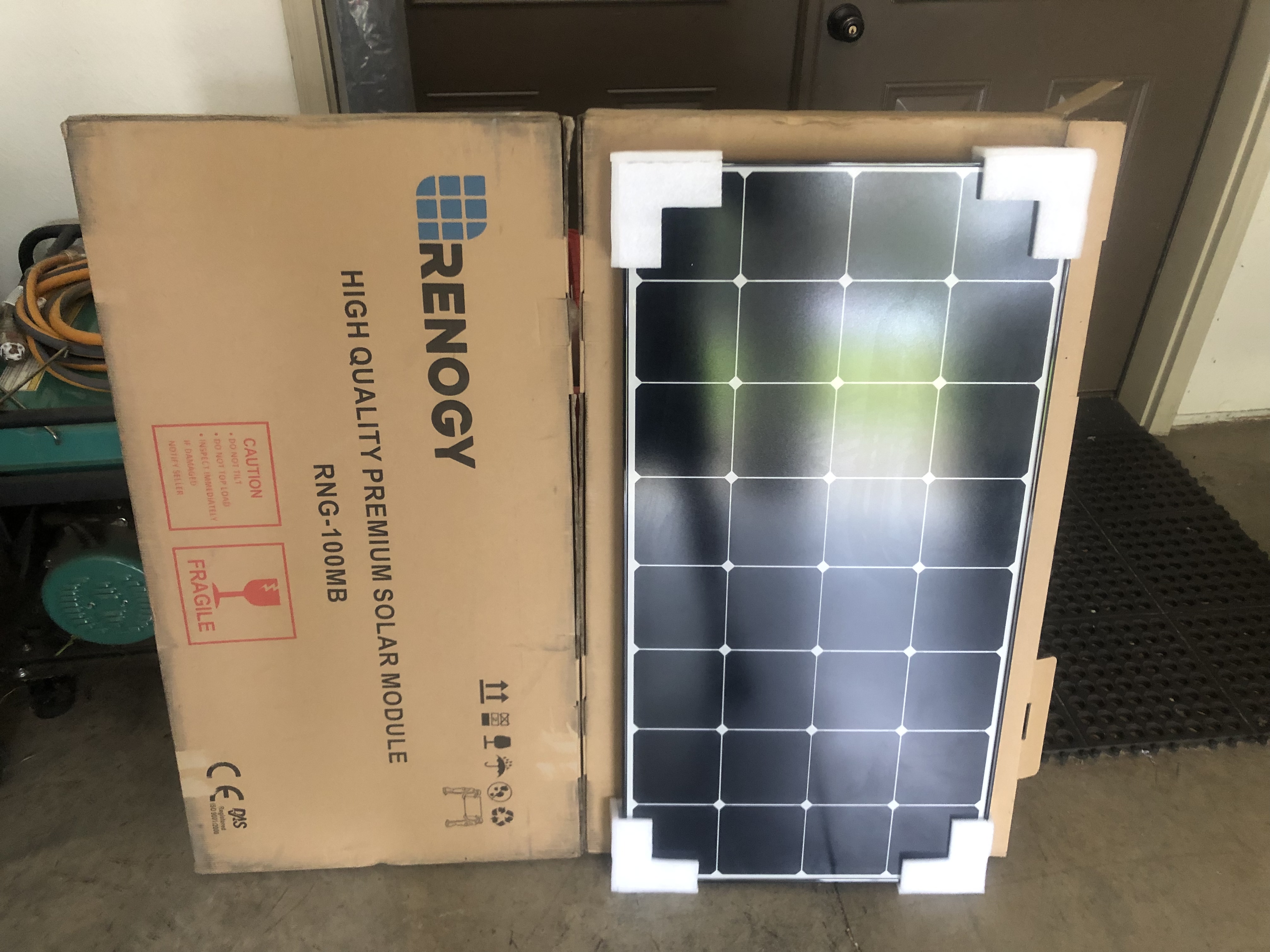
What is solar power?
Solar power is the conversion of energy from sunlight into electricity. This conversion is done through the use of a panel made up of photovoltaic cells commonly referred to as a solar panel.
How does a solar panel produce electricity from sunlight?
Well, trying to keep things simple, the Photovoltaic cells of the panel allow the sunlight’s photons to break electrons away from atoms creating an electric current. This electric current can then be used to charge your RV’s battery bank without needing to hook up to the grid or shore power.
Solar-powered homes
Why do I need to pay a monthly power bill and why is my house not solely powered by the sun?
Some homes do have a solar set-up as a supplemental power supply, but solar panels produce DC or direct current power. This is battery-type power. Your home runs off AC, alternating current, power. This is not the same thing. DC power can be converted into AC power with the use of an inverter, but, in most cases, running a modern home solely on solar power is just not feasible.
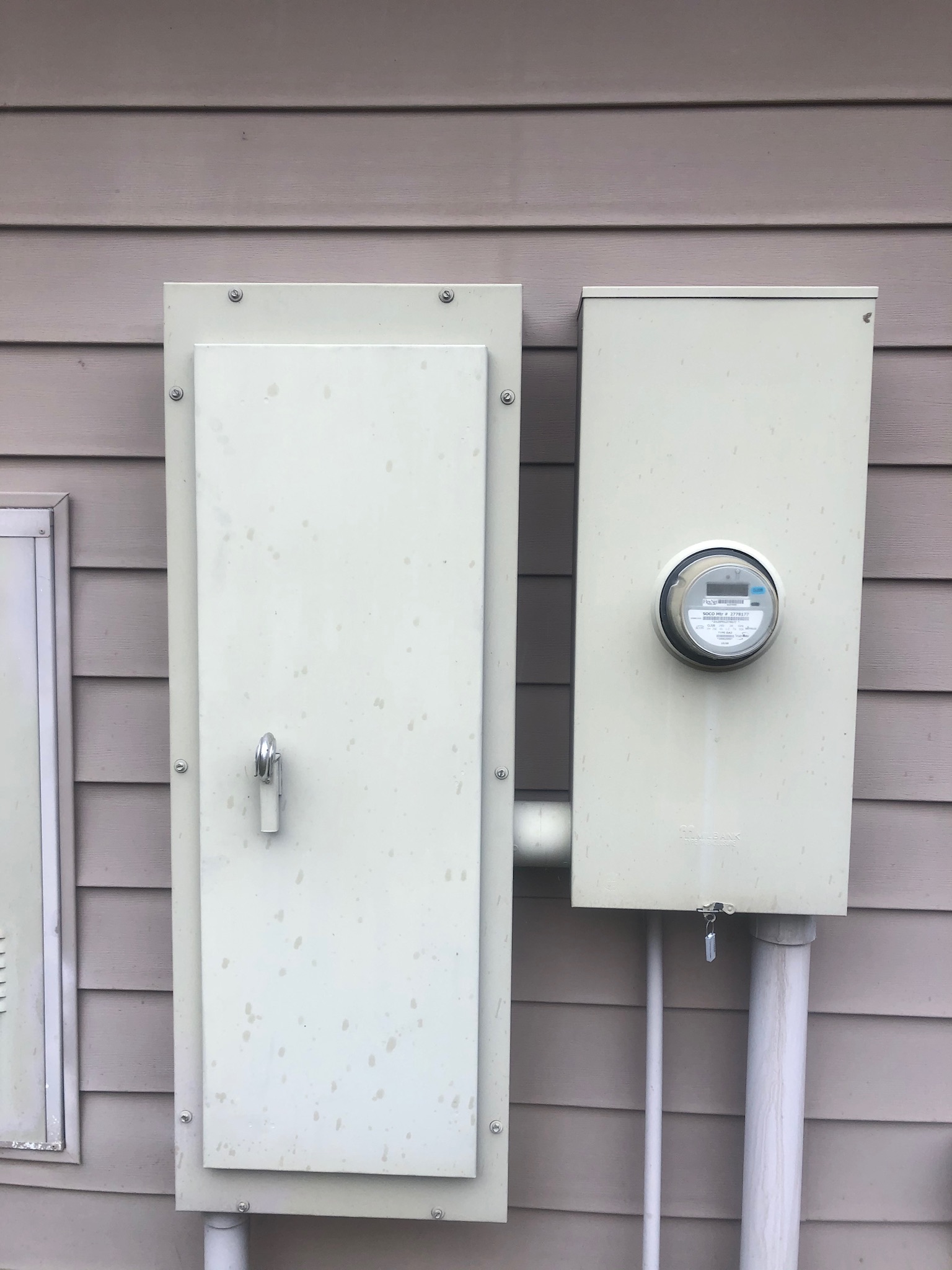
Large appliances such as electric ovens, heat pumps, and clothes dryers require high amounts of electrical current to operate. Running these appliances off of solar power would require a very expensive and elaborate system with a super large inverter and battery bank. Add in a few cloudy days and you would be living in the cold and dark. That would get old fast.
Solar-powered RV
Your RV, on the other hand, is mobile and has many of its systems set up to run off DC battery power. This is right up solar’s alley! Things like your lighting, water pump, furnace, refrigerator, and water heater controls all run off your RV’s batteries.
Your RV may also have an inverter that allows you to run things like your TV, DVD player, and microwave from your RV’s battery bank. The problem is your RV’s batteries can only hold so much power. This power is measured in something called Amp Hours or Ah.
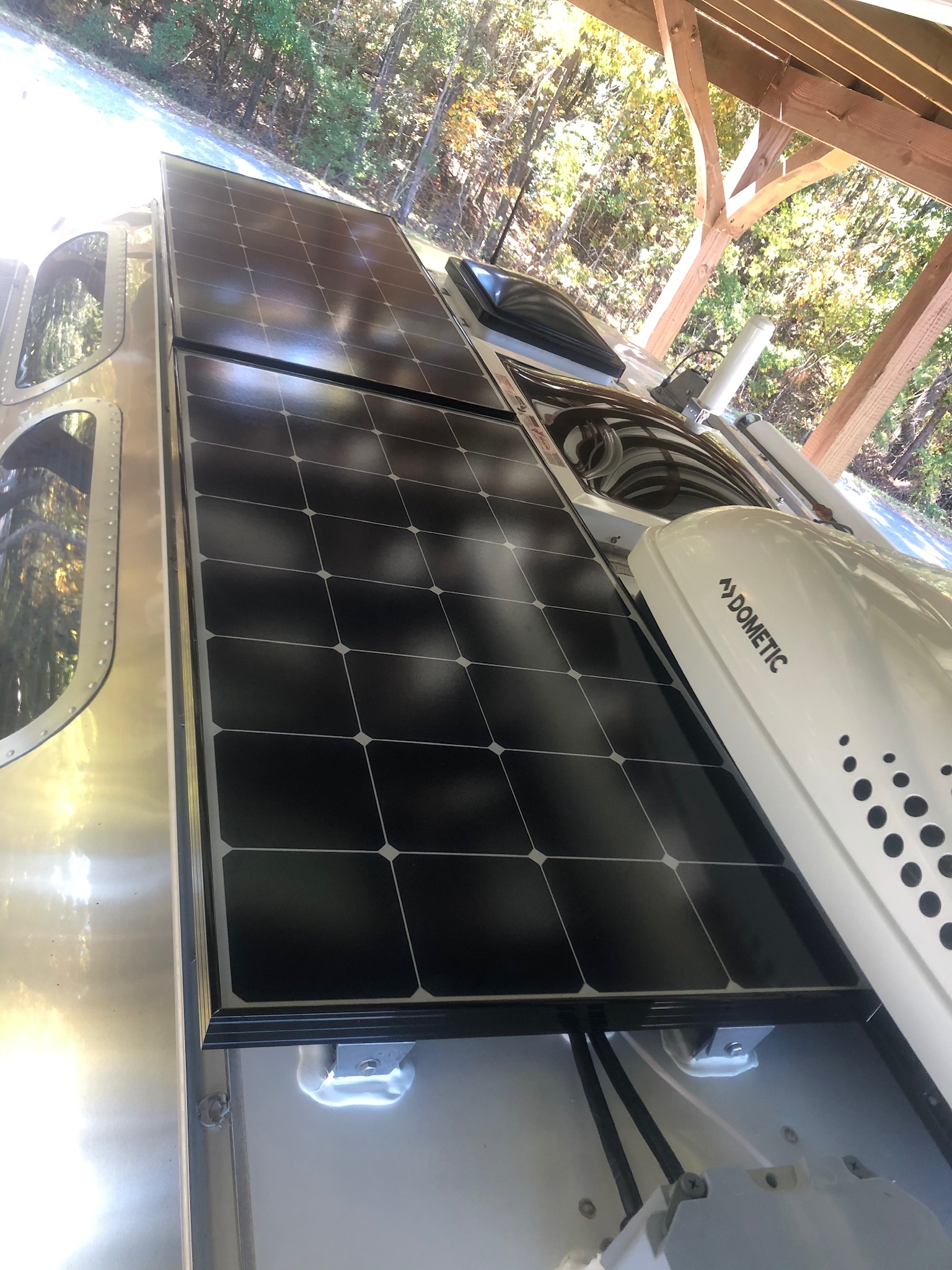
Without getting too deep in the weeds, Ah is a measure of the battery’s power discharged over time. We will discuss Ah ratings of batteries in a later section. For now, just know that Ah measures a battery’s capacity and they are limited by the size of your RV’s battery bank.
Without a solar charging system, the only way to charge your batteries is either with a generator or by connecting to shore power. With a solar charging system installed on your RV, you have the ability to keep your batteries charged and ready to use.
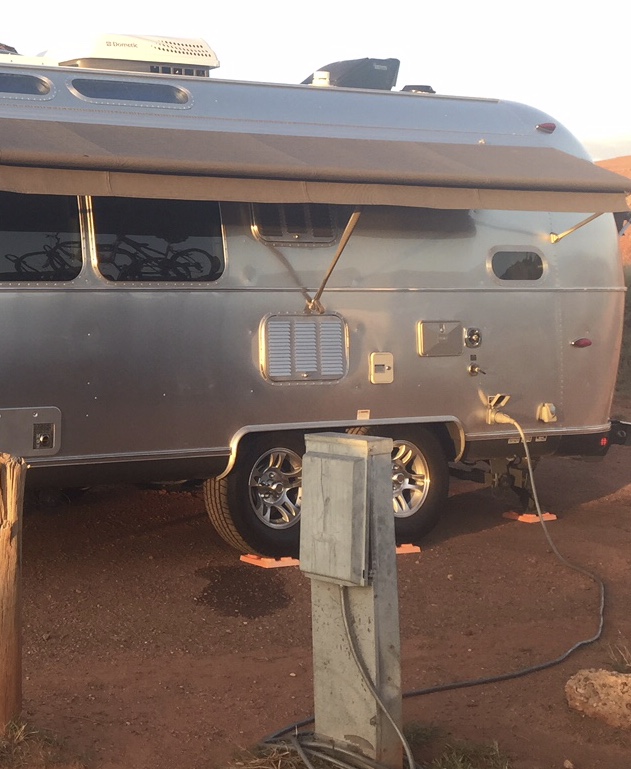
Do I need it?
Many RVers are perfectly able to travel in their RVs and never need solar. If you never stay anywhere except an RV park with full hookups you would probably fall into this category.
These types of RV travelers only use battery power to do simple things like run the water pump to flush the toilet during rest stops or run the lights inside the RV while getting hooked up to shore power at the campground. Now, there is nothing wrong with this type of RV use, but I do believe that if this is your only style of RV travel, you limit yourself to a much smaller area to camp.
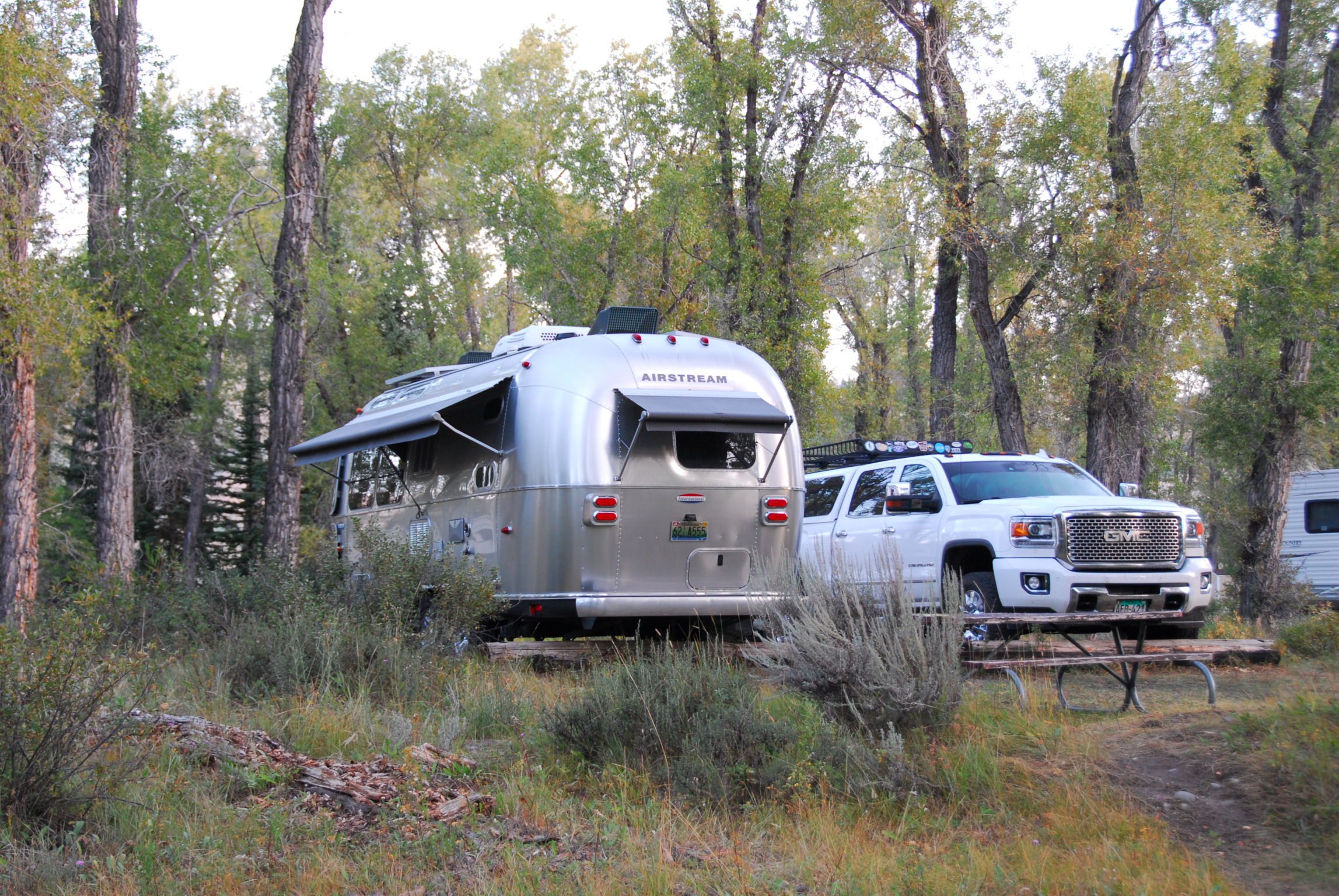
If you stay in areas without hookups, commonly referred to as boondocking, then solar may be something that could benefit you. If having the ability to stay in an off-grid spot for several days without the need to crank a generator sounds good to you, then solar should definitely be on your shortlist.
Not being generator dependent is a wonderful thing and having your RV’s water supply and/or holding tank capacity as your limiting factor can add days to how long you can stay in a location. There are some areas in state and national parks that do not allow generators to be used at all, making solar power all the more important if you stay in those types of locations.
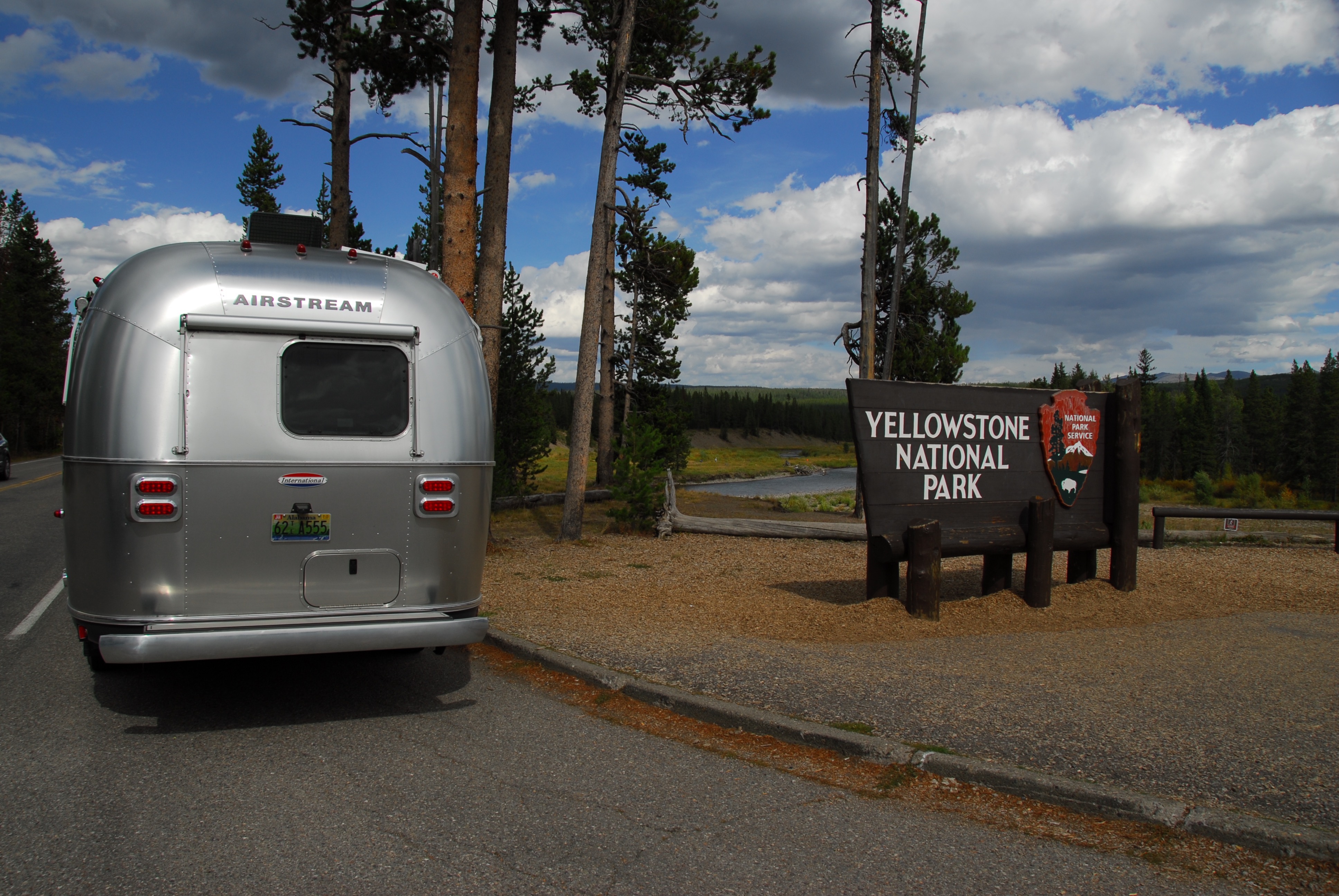
So, it really boils down to what type of RV traveler you are as to whether a solar charging system makes sense for you. If you stay in full hookup campgrounds only, then solar probably would not benefit you, but if you like to stay off-grid or in our National Parks then solar may be a beneficial addition to your rig. Only you can decide what’s right for you.
I hope that if you are thinking of solar you will continue to follow along with the other articles in this series. In the next section, we will discuss the major components of a solar charging system and how they work. Stay tuned!


